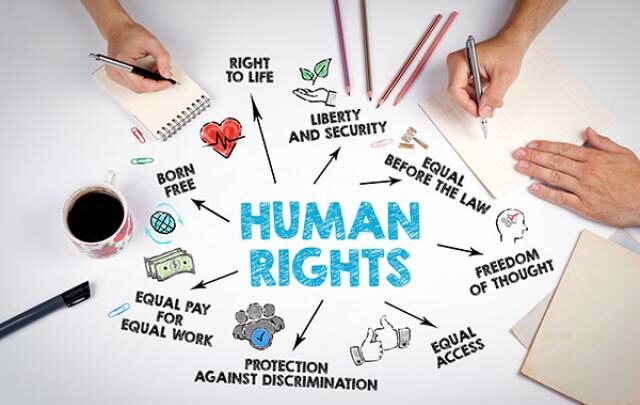Human Rights Law: Legal Perspectives and Advocacy Strategies
Human rights are fundamental rights and freedoms that belong to every individual, regardless of their nationality, ethnicity, religion, or social status. Upholding and protecting human rights is essential for promoting dignity, equality, and justice in society. Human rights law plays a pivotal role in safeguarding these rights, holding governments and institutions accountable for violations, and advocating for justice and equality. In this comprehensive guide, we will explore human rights law from legal perspectives, delve into key human rights issues, and discuss advocacy strategies for promoting and protecting human rights.
Understanding Human Rights Law:
Human rights law encompasses a body of international treaties, conventions, and customary laws that recognize and protect the inherent dignity and worth of every individual. These laws establish legal standards and obligations for governments and institutions to respect, protect, and fulfill human rights, ensuring that individuals enjoy freedom from discrimination, violence, and oppression. Key international instruments in human rights law include the Universal Declaration of Human Rights, the International Covenant on Civil and Political Rights, and the International Covenant on Economic, Social, and Cultural Rights.
Human Rights Issues:
- Civil and Political Rights: Civil and political rights include the rights to freedom of expression, assembly, and association, as well as the rights to due process, fair trial, and political participation. Human rights violations in this category may include censorship, arbitrary detention, torture, and restrictions on freedom of speech and assembly.
- Economic, Social, and Cultural Rights: Economic, social, and cultural rights encompass the rights to education, healthcare, housing, and adequate standard of living. Human rights violations in this category may include poverty, homelessness, lack of access to healthcare and education, and discrimination based on socioeconomic status.
- Women’s Rights: Women’s rights include the rights to equality, non-discrimination, and freedom from violence and discrimination. Human rights violations against women may include gender-based violence, unequal access to education and healthcare, and restrictions on reproductive rights.
- Children’s Rights: Children’s rights include the rights to protection, education, healthcare, and participation in decisions that affect them. Human rights violations against children may include child labor, child trafficking, child marriage, and lack of access to education and healthcare.
- LGBTQ+ Rights: LGBTQ+ rights include the rights to equality, non-discrimination, and freedom from violence and discrimination based on sexual orientation and gender identity. Human rights violations against LGBTQ+ individuals may include discrimination, hate crimes, and lack of legal recognition and protection.
Advocacy Strategies:
- Legal Advocacy: Legal advocacy involves using the law and legal mechanisms to protect and promote human rights. Human rights lawyers advocate for individuals and communities affected by human rights violations, litigate cases before domestic and international courts, and challenge unjust laws and policies through legal action.
- Public Awareness and Education: Public awareness and education are essential for raising awareness about human rights issues, building public support for human rights, and mobilizing collective action. Human rights organizations, activists, and advocates use various platforms, such as social media, public events, and educational campaigns, to educate the public about human rights and advocate for change.
- Policy Advocacy: Policy advocacy involves engaging with policymakers, legislators, and government officials to influence laws, policies, and practices that affect human rights. Human rights advocates work to shape legislation, develop policy recommendations, and advocate for the implementation of human rights standards at the national and international levels.
- Grassroots Mobilization: Grassroots mobilization involves empowering individuals and communities affected by human rights violations to advocate for their rights and mobilize for collective action. Human rights organizations, community-based groups, and grassroots activists work together to organize protests, demonstrations, and grassroots campaigns to demand justice and accountability.
Engage with Dhiti Law Firm:
Human rights law is a cornerstone of justice, equality, and dignity for all individuals. Upholding and protecting human rights requires collective action, legal advocacy, and unwavering commitment from governments, institutions, and individuals alike. By understanding human rights law from legal perspectives, addressing key human rights issues, and employing advocacy strategies for promoting and protecting human rights, we can work together to create a world where every individual enjoys freedom, dignity, and equality. As advocates for human rights, it is our collective responsibility to stand up for justice, challenge injustice, and promote human rights for all. With dedication, determination, and solidarity, we can build a future where human rights are respected, protected, and upheld for generations to come.


